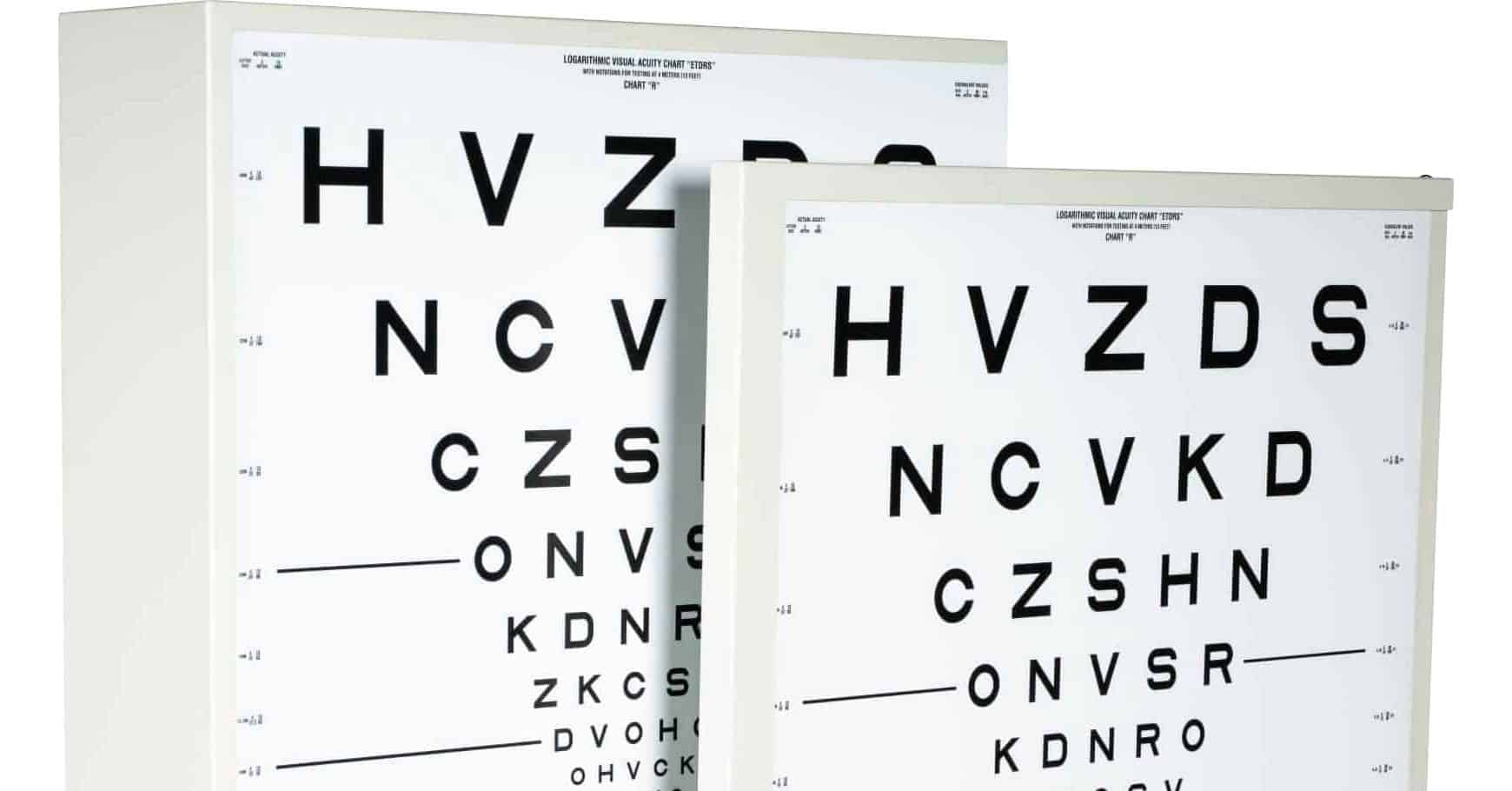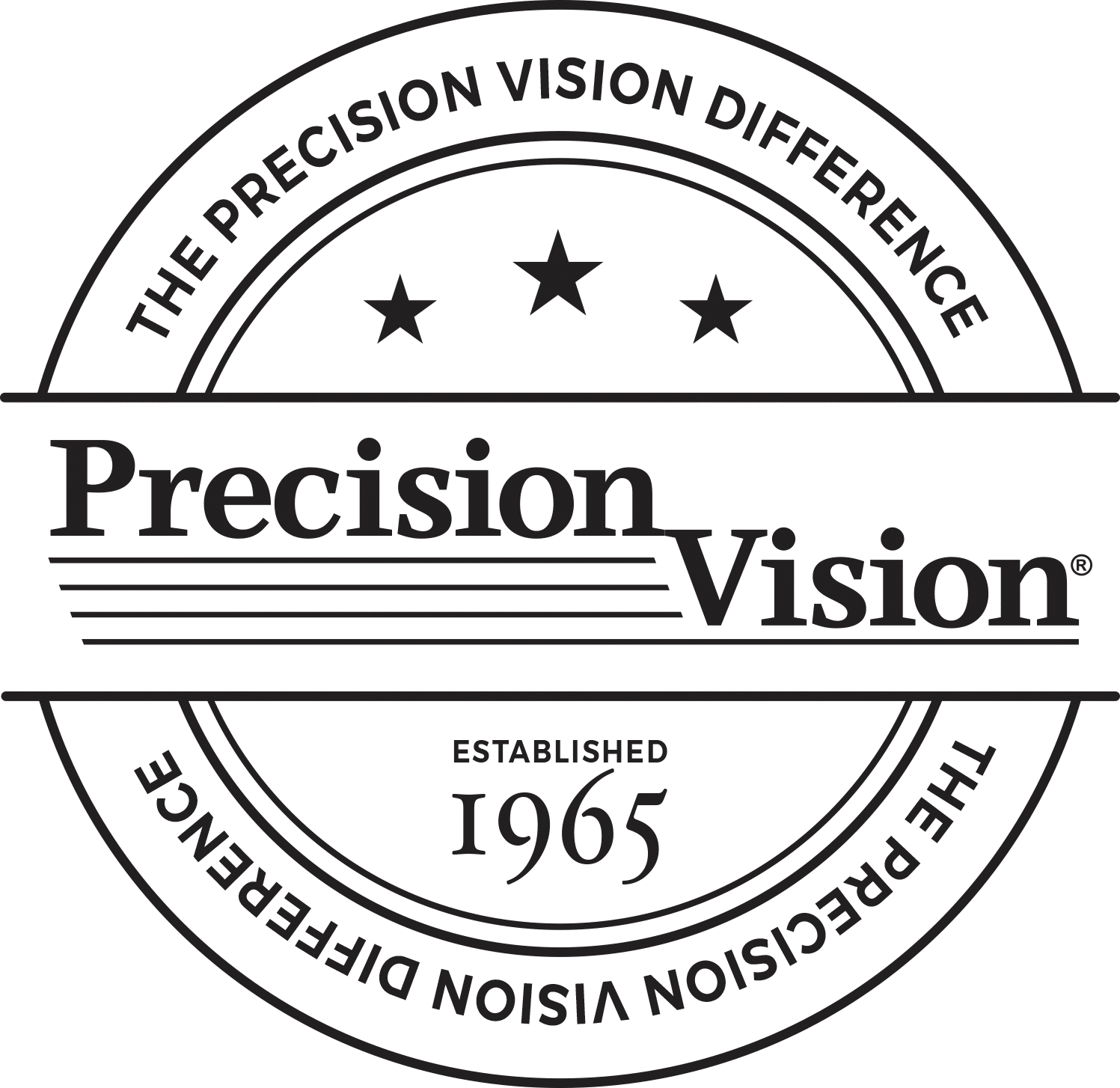
Common Early Vision Conditions
Common Early Vision Conditions
National ophthalmology surveys suggest that up to 25% of all school-aged children have vision conditions1, a rate that affects millions of children in the United States. Below are the vision conditions that most commonly after preschool and school-age children.
Strabismus
Strabismus is the general term for misalignment of the eyes. Strabismus is caused by a muscle imbalance, and will not correct itself without treatment. Strabismus, which can be constant or intermittent, can lead to a number of more specifi c vision conditions related to eye misalignment.
Amblyopia
Sometimes called “lazy eye,” amblyopia is a condition related to strabismus, in which one eye is weaker than another, and is unable to properly align itself. Without proper treatment, a child will begin to rely more on his or her dominant eye, further weakening the affected eye.
Estropia
Esotropia is the involuntary inward (towards the nose) deviation of one or both eyes. Esotropia is related to (or may be caused by) strabismus.
Extropia
Exotropia is the involuntary outward (away from the nose) deviation of one or both of the eyes. Exotropia is related to (or may be caused by) strabismus.
Hypertropia
Hypertropia is the involuntary upward deviation of one eye. Hypertropia is related to (or may be caused by) strabismus.
Astigmatism
Astigmatism is an eye with abnormal shape or curvature. A healthy eye has the shape of a sphere, similar to a basketball, whereas an eye with astigmatism is shaped as an ellipsoid and more closely resembles an egg or a football. Astigmatism may be caused by amblyopia.
Hyperopia
Hyperopia is the medical term for farsightedness, a vision condition in which distant objects are seen clearly while closer objects do not come into proper focus.
Myopia
Myopia is the medical term for nearsightedness, a vision condition in which close objects are seen clearly while distant objects do not come into proper focus.
1. Journal of Behavior Opt 1. ometry, Visual Screening of Adjudicated Adolescents, Vol. 10, No. 1, 1999.









